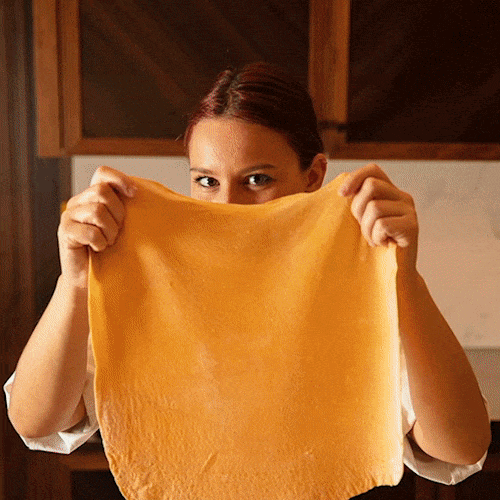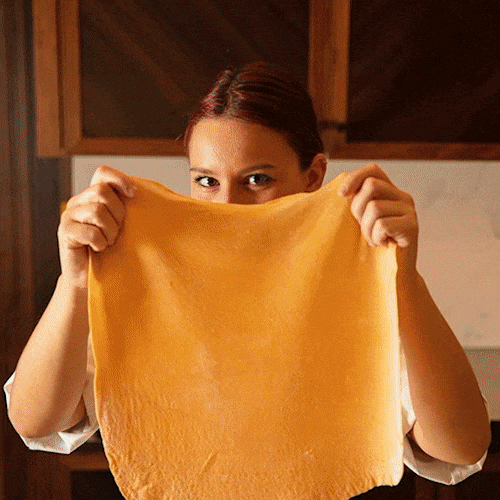Discover how the lionfish become the scourge of the Caribbean, and how divers, fishermen, jewellery makers and restaurateurs are turning the unwanted beast into a welcome tourist attraction
To most of us, marine conservation and spear gun fishing would appear to be mutually exclusive pastimes. Yet, in the Caribbean these days, pterois volitans (or red lionfish) is viewed as fair game by even the most careful custodians of the sea.
Eco-tour companies are offering lionfish-culling trips to Belize; Jamaican restaurants now proudly cook lionfish dishes and feature them on their menus; and Reef, the international divers conservation group, hosts regular lionfish "derbies" up and down the Florida coastline, to see who can catch the most of these spiny, unwanted critters.
Why is the fish the western Atlantic's enemy number one? It's because these beautiful, beastly fish, which are native to the Indian Ocean, are an invasive species, and despite efforts to thwart them, they are thriving. Lionfish drive out local crab and lobster and scare away snorkellers, who are wary of the animal's poisonous (though non-lethal) spines.
It's unclear how the fish made the intercontinental trip from their native seas to the coast of North and Central America. Some credit 1992's Hurricane Andrew, which destroyed a Florida aquarium and released six of the fish into the Biscayne Bay, yet the fish have been sighted in these waters as far back as the 1980s.
Whatever the case, locals – having grasped the threat the lionfish presents – have found a myriad of ways to dispose of them. Although poisonous when caught, the fish become far safer to handle after 24 hours, and local chefs have taken to scissoring off the fish's spikes and cooking the tender, white flesh. TV cook Gordon Ramsay even developed a Caribbean curry made with lionfish during a recent trip to Florida. Meanwhile, craft initiatives such as Central American non-profit Belize Lionfish Jewellery engages Caribbean craftspeople to turn the spines into tortoiseshell-like earrings.
They may not have entirely dealt with this species' environmental threat, yet they've certainly turned a spiky problem into a far more palatable proposition.
Alex Rayner works for the fine-art publishers Phaidon, co-edits the art and fashion biennial Supplement, and contributes to The Guardian.
Mane Thing
30 June 2020
More to explore

NOTED
Stay in the know with our monthly newsletter – a complimentary edit of everything new and noteworthy in the luxury world.
By signing up to the newsletter you confirm you have read & agree to the Privacy Policy.



